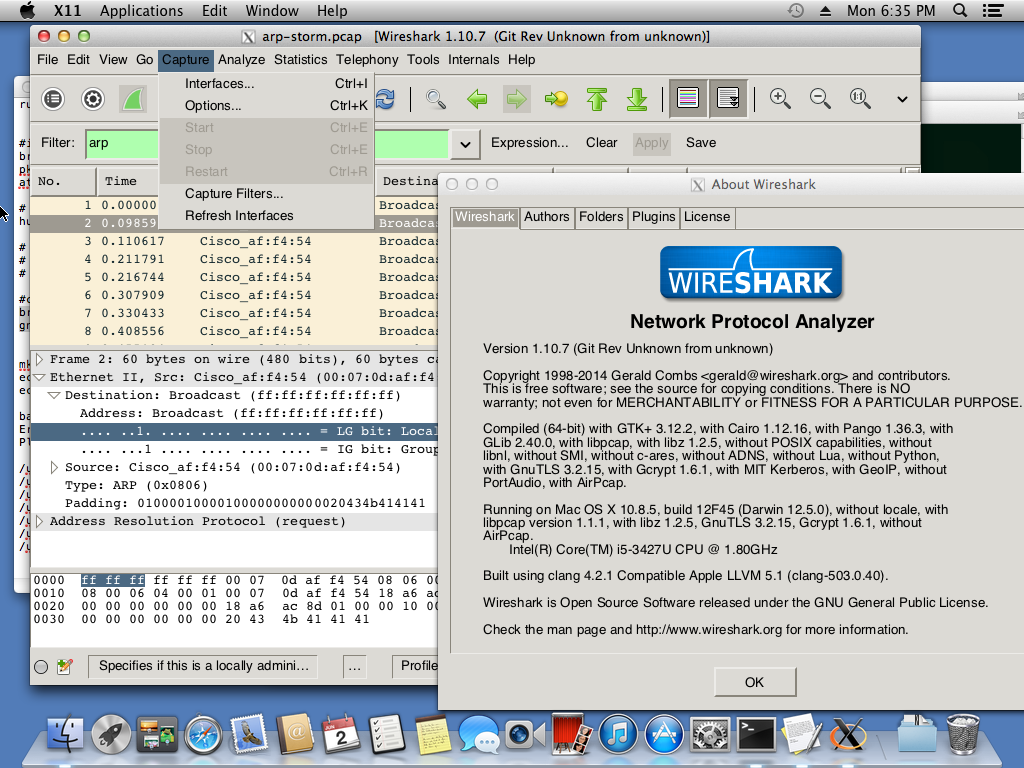

- Using homebrew to install xquartz how to#
- Using homebrew to install xquartz update#
- Using homebrew to install xquartz windows 10#
We will be installing PostgreSQL version 11.3 on Windows 10 in this article. Most instructions for installing the PostgreSQL tools assume you want the database installed Note: if you have postgis, without raster support, you can not use CREATE EXTENSION.

Using homebrew to install xquartz how to#
To migrate existing data from a previous major version of PostgreSQL run: brew postgresql-upgrade-database This formula has created a default database cluster with: Osx how To install homebrew. keep in mind you may have to run with the 'sudo' command. $ brew install postgresql Come back here once you're ready to Installing this might take some time and it varies based on the bandwidth of your internet connection. The command line results will show the version you have installed on your local machine. One of them is Hasura which is an open-source engine that gives you realtime GraphQL APIs on new or existing Postgres databases. To install PostgreSQL on your computer, follow the below steps: Mac: Follow my previous video for instructions. In this article, we'll provide step-by-step instruction for all three of these methods, so you can. It's also difficult to notice the difference in casing when scanning the code. The last stable and released version is listed. The most common and important packages are (substitute the version number as required): postgresql-client-12. As my Computer Science professor used to say, "the rest is left as an exercise for the reader.Visit norway vestlandet. If you want something a little more (robust? complicated?), you could send the log to your iPhone using Pushover. That's pretty bare-bones, but it'll get the job done. Note that this script includes the di-xquartz.sh as well as the brew commands. You want it simple? All you really need is this:
Using homebrew to install xquartz update#
Next you need to run the two commands to update brew and any outdated brew utilities: brew update and brew upgrade, followed by brew doctor to make sure everything is OK.

The only time you should do this is if you are the only administrator user on your Mac, or if you understand the risks. The first is di-xquartz.sh which will (d)ownload and (i)nstall XQuartz:Īnother detail: if you want to be able to run that script without needing to enter your administrator password, you'll need to add this line to /etc/sudoers using sudo visudo: %admin ALL=NOPASSWD: /usr/sbin/installer and 8:00 a.m., but I don't want to have to worry about Daylight Saving Time, so after 3:00 a.m. Why 3:03 a.m.? Because my quota is loosened between 2:00 a.m. Let's start with the easiest part: I want this to run automatically when my satellite quota is loosened, so I have a launchd plist to run my shell script at 3:03 a.m. You could combine #1 and #2 into one if you want, but I like keeping them separate. There are three parts of this: 1) a shell script to update XQuartz, 2) a shell script to update brew, and 3) a launchd plist the run the script.

Something you need to do every day? Do I even need to say "automation"? Wait. What I needed was a way to install it, if it isn't installed, or update it if it is out of date.Īlso, brew is constantly being updated, which means that you should update it every day. The trouble is that brew won't install XQuartz, and it won't update it once it is installed, but it will complain if it isn't installed or is out of date. Together with supporting libraries and applications, it forms the X11.app that Apple has shipped with OS X since version 10.5." If you use Homebrew (and you should), eventually you may need to install XQuartz, "open-source effort to develop a version of the X.Org X Window System that runs on OS X.


 0 kommentar(er)
0 kommentar(er)
